Additional notes (click to expand)
Horticulture
A genus with supreme adaptation to dry conditions, bearing its flowers and fruits on phylloclades, leaf-like expanded stems. The phylloclades are too thick for sunlight to pass through so have chlorophyll containing cells on both sides (the cells in the middle do not) and stomata on both sides to facilitate CO2 diffusion into the plant. This is a male clone so does not have fruits.
David Mann, Plant Heritage National Collection Holder for Ruscus, states:
R. x microglossus is female; the stigma is round and shiny. It is a hybrid only known in the female state between Ruscus hypoglossum and R. hypophyllum. It is hardy along with Ruscus hypoglossum, where R. hypophyllum does not seem to tolerate the cold.
The flowers emerge from the centre of the phylloclade, the expanded stem structure which resembles a leaf, and in some of the photos the spine like leaf can be seen arising from the phylloclade and the flower emerging from the axil of the leaf and the phylloclade - as would happen between stem and leaf in other plants.
Nomenclature
Previously grown as Danae racemosa. Re-identified 12/08/2016 as R. hypoglossum 'Mr Lonely'. Re-identified 24/12/2016 as R. x microglossus. Please see Danae racemosa record.
Ruscus x microglossus Bertol.
Family: ASPARAGACEAEGenus: Ruscus
Species: microglossus Bertol.
Common names: Butcher's Broom
Distribution summary: Garden origin
Habit: Perennial
Hardiness: H5 - Hardy; cold winter
Garden status: Currently grown
Garden location: Plants of the World (D)
Reason for growing: Medicinal
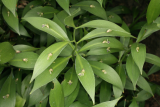


.JPG)
.JPG)
.JPG)
.JPG)
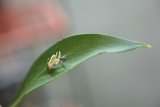
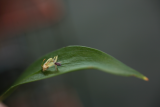
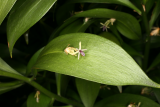
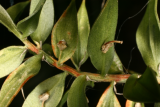
.JPG)
.JPG)

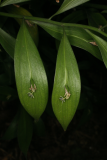
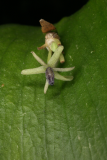
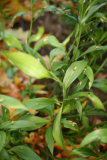
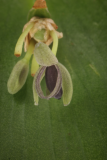
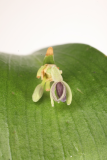
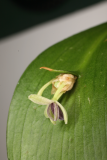
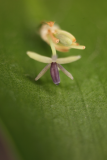
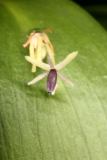

.JPG)